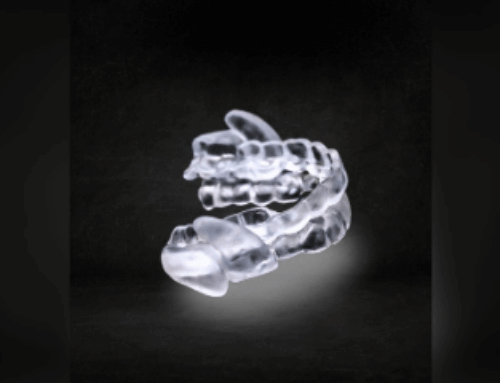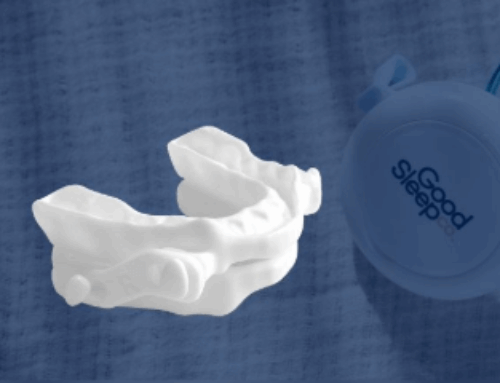Jazz Pharmaceuticals announced July 22, 2020, that the U.S. Food and Drug Administration has approved the Xywav oral solution for the treatment of cataplexy or excessive daytime sleepiness in patients with narcolepsy who are 7 years of age and older. Multiple Xywav dosing options are available for adult and pediatric patients.
About Xywav
According to Jazz, Xywav is an oxybate product with a unique composition resulting in 92 percent less sodium than the recommended dosage range of sodium oxybate. Current AASM practice parameters for the treatment of narcolepsy and other hypersomnias of central origin state that sodium oxybate is effective for treatment of cataplexy, daytime sleepiness, and disrupted sleep due to narcolepsy.
Jazz notes that Xywav has a boxed warning as a central nervous system depressant due to its potential for abuse and misuse. Therefore, it is available only through a restricted program. The most common adverse reactions to Xywav, occurring in 5 percent of adults or more, were headache, nausea, dizziness, decreased appetite, parasomnia, diarrhea, hyperhidrosis, anxiety, and vomiting.
Clinical Trial
Jazz reports that the FDA approval of Xywav is based on a global Phase 3 double-blind, placebo-controlled, randomized-withdrawal, multicenter study of 201 patients. Results show statistically significant differences in the weekly number of cataplexy attacks and Epworth Sleepiness Scale scores compared with a placebo. UPDATE: Jazz announced on Oct. 20, 2020, that the results of the clinical trial were published online in the journal Sleep.
Next Steps
Jazz expects Xywav to be available by the end of the year. The U.S. Drug Enforcement Agency has designated it a Schedule III medicine with a moderate to low potential for physical and psychological dependence.
About Narcolepsy
Narcolepsy is a sleep disorder that causes daily periods of excessive daytime sleepiness. Other symptoms can include cataplexy, which is a sudden loss in muscle tone triggered by strong emotion.
Read more industry news from the AASM.
Updated Oct. 21, 2020





